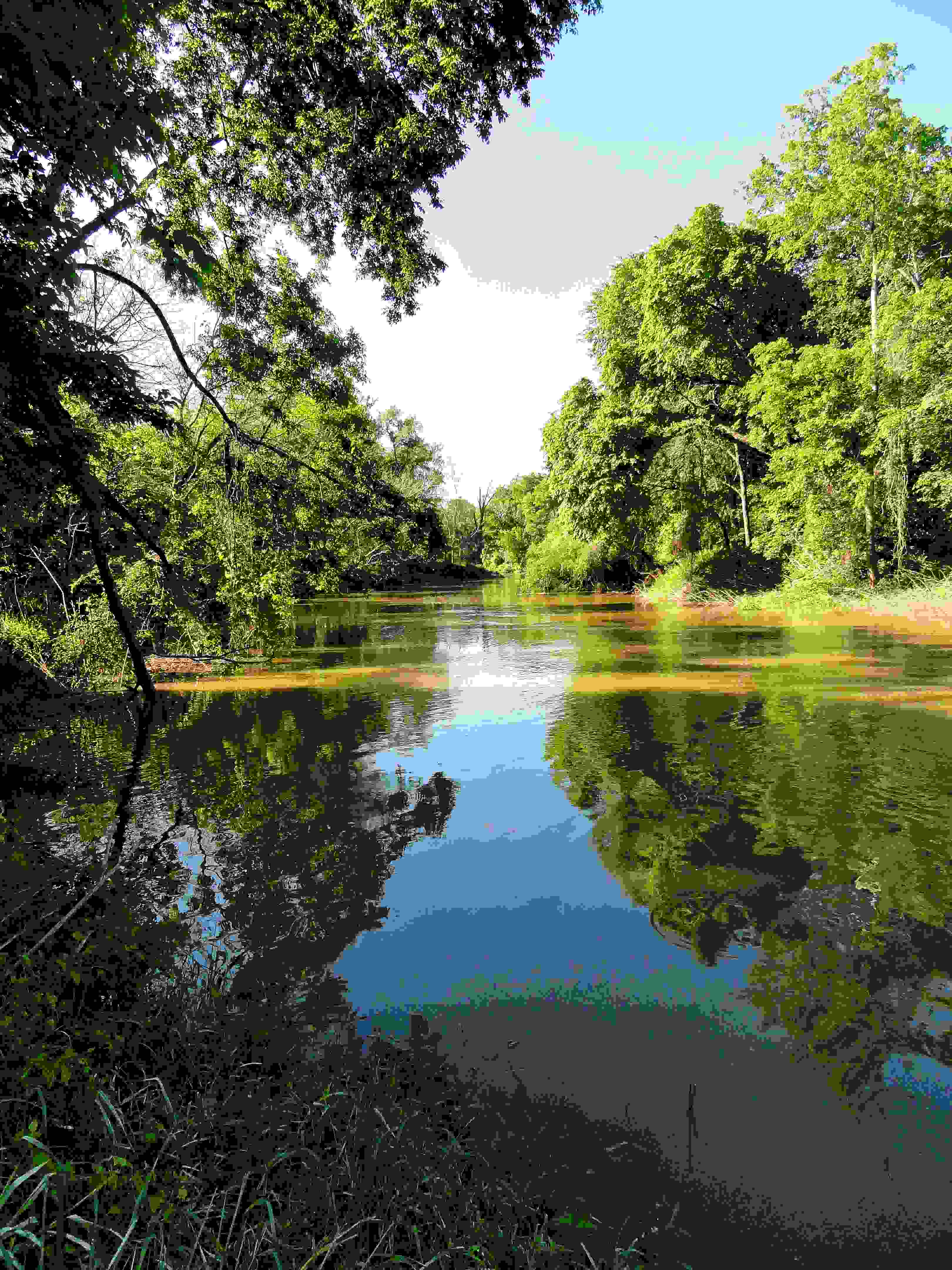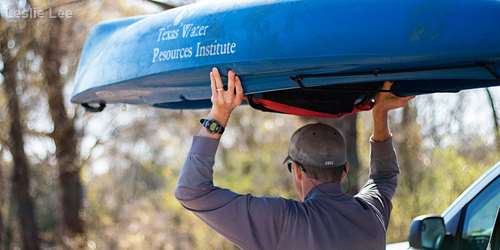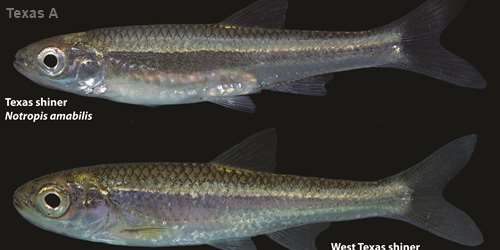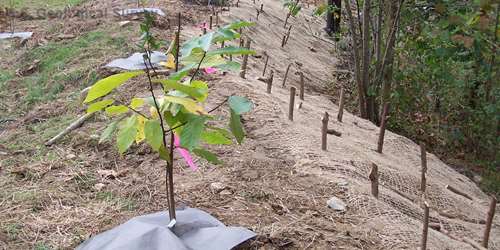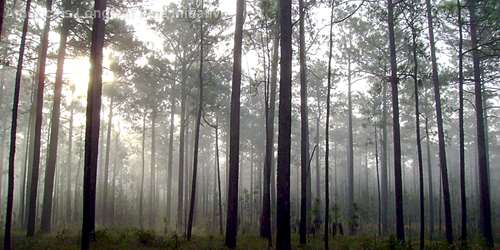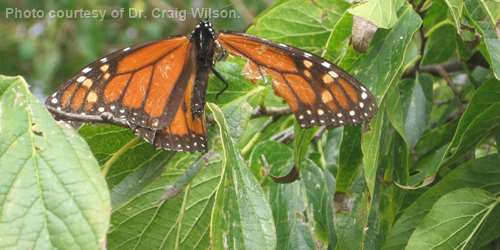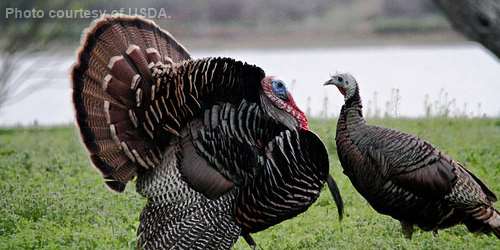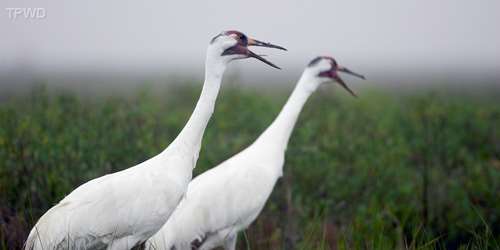From longleaf pine forest management to big-city water conservation technologies, and from tracking Louisiana pine snakes to helping rural water well owners, the Texas A&M Institute for Renewable Natural Resources and the Texas Water Resources Institute spent 2015 improving water and natural resources conservation and management all over Texas and the country.
Read MoreFor some people, having access to clean water is not as easy as simply turning on a faucet. Some of the United States’ poorest regions rely on inadequate water delivery systems, unaffordable potable water or unclean tap water for their household water use. This is a reality for tens of thousands of households in colonias, underdeveloped communities along the U.S.-Mexico border often lacking basic infrastructure, and it is also a focus of Dr. Wendy Jepson’s research.
Read MoreWater quality monitoring on the Navasota River.
Read MoreWith no more “swimmable” water than thirsty West Texas has, it’s hard to imagine a fish, even a minnow-sized fish could remain “missing” for more than a century. But due to a mistaken identity, such is the case, said a Texas A&M AgriLife Research scientist.
Read MoreFrom restoring sagebrush to rejuvenating watersheds and landscapes after fires, ecosystem restoration can bear substantial economic fruit for local, state and national economies, according to a recent study by the U.S. Geological Survey (USGS).
Read MoreThe Crown of the Continent is a vast, unique region, with its 18 million acres stretching from Montana to across the Canadian border and holding one of the largest untouched landscapes in North America. It includes Glacier National Park, many different ecosystems and huge swaths of public lands.
Read MoreWhen spring migration begins, monarch butterflies emerge from their chrysalises by the millions, preparing for the 2,000-mile, multigenerational journey from Mexico to Canada. Migration is critical for the survival of the iconic North American butterfly, known for its bright orange and black markings, but habitat losses have led to a significant population decline in the past two decades.
Read MoreThis spring more than ever, wild turkeys across the United States are facing an increasing threat from feral swine, according to the U.S. Department of Agriculture – Animal and Plant Health Inspection Service (USDA-APHIS).
Read MoreThe U.S. Fish and Wildlife Service (USFWS) has completed analysis of aerial surveys of the Aransas-Wood Buffalo whooping crane population, the only surviving wild population of whooping cranes in the world.
Read MoreArchive
Popular Tags
annual report Meet a scientist Navasota River USGS water quality water quality monitoring

